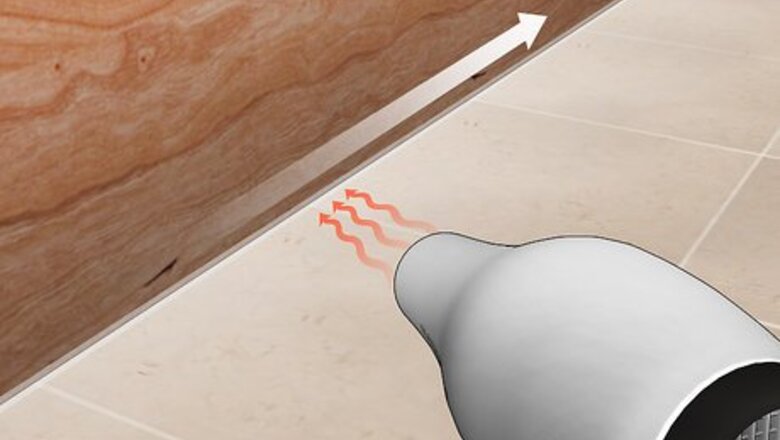
views
- Use a hair dryer or commercial caulk remover to soften the silicone so it’s easier to scrape off.
- Slice along the edges of the caulk with a utility knife. Pull the caulk out with needlenose pliers or scrape it out with a putty knife.
- Soak the residual silicone caulk with mineral spirits before scrubbing it clean with a stiff-bristled brush.
Removing Silicone Caulk
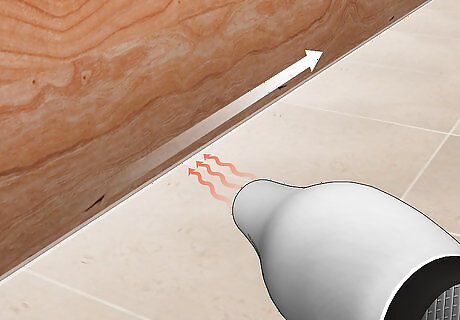
Soften the caulk with a hair dryer or commercial remover. If you’re using a hair dryer, set it to the lowest heat setting and place the nozzle directly in front of the caulk line. Heat an 8–10 in (20–25 cm) section of caulk at a time for about 30-40 seconds so it’s more soft and flexible. If you’re using a caulk remover, spray it directly onto the caulk’s surface and let it sit for the amount of time listed on the packaging. In a pinch, try using distilled white vinegar, rubbing alcohol, or WD-40 as a makeshift caulk softener. Allow the silicone to soak for at least 15 minutes to soften it. Caulk removers may not be suitable for all surfaces. If you use a caulk remover, check the packaging to make sure it’s compatible with the material you’re applying it to.
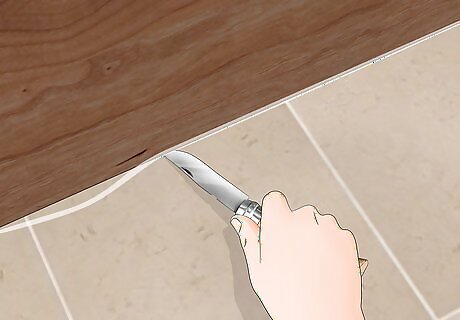
Slice through the edges of the caulk with a utility knife. Poke the blade through the edge of the caulk, being careful not to scratch the material on either side. Slowly slice along the caulk line with the blade. Once you cut through one edge of the caulk line, slice along the other edge to loosen the piece even more. Try to keep the blade as close to the wall or surface as possible so you remove the most caulk. Alternatively, you may slice into the caulk with a specialty caulk removal tool specifically made to fit easily into corners.
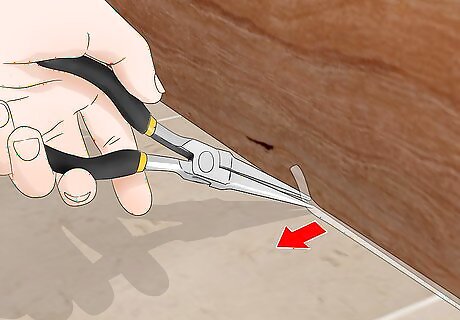
Pull large pieces of caulk off with needlenose pliers. Pinch one end of the caulk bead with your pliers. Then, slowly peel the caulk back to lift it up in one solid piece. Throw the old caulk pieces in your trash to get rid of them. Avoid tugging or twisting the caulk as it comes up so it doesn’t break into smaller chunks.
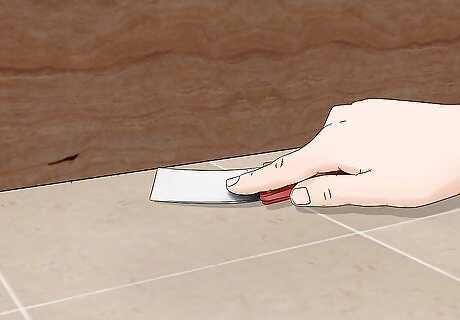
Scrape off cracked or broken caulk with a putty knife. Hold the putty knife at an angle so you don’t scratch or damage the surface underneath. Wedge the blade of the knife under the caulk. Push the putty knife along the surface using short strokes to lift up the remaining pieces. It should then come away without difficulty.
Cleaning off Silicone Caulk Residue
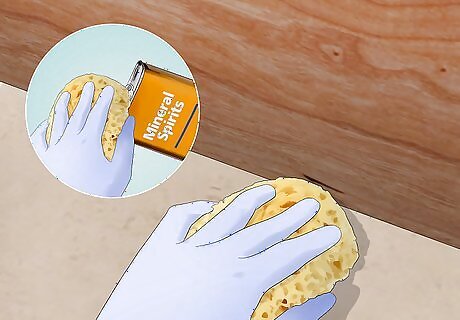
Soak the remaining caulk residue in rubbing alcohol or mineral spirits. Put on a pair of rubber gloves and wet the corner of a rag or sponge with the solvent you’re using. Gently wipe over the surface with the damp rag to lift up some of the silicone residue. Let the mineral spirits or alcohol sit for about 5 minutes to soften any stubborn pieces. Mineral spirits and rubbing alcohol create fumes that can cause eye and lung irritation. Keep the room well-ventilated by opening a window or running a fan to stop the fumes from building up.
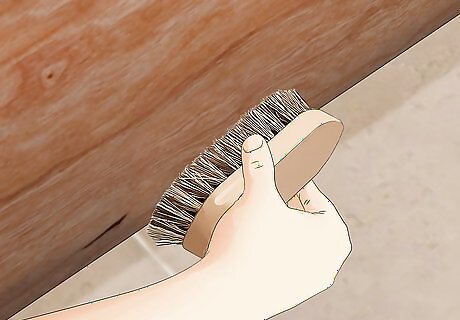
Scrub the residue off with a damp stiff-bristled brush. Use a cleaning brush or an old toothbrush to get into the tight spaces and break apart the loose silicone. Wipe the bristles off on a paper towel and continue scrubbing until you clean up the residue as best as you can. If the residue is being extra stubborn, scrub it off with a putty knife instead. If you're still having trouble breaking up stuck-on residue, try covering the residue with rags soaked in rubbing alcohol and leaving them overnight. Then, scrub them off with a brush or putty knife.
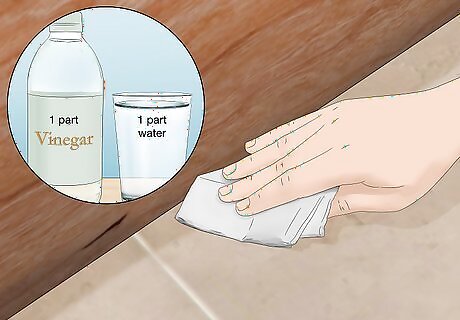
Clean and dry the surface before applying new caulk. After you remove all of the caulk, clean up any soap scum by wiping the surfaces with a solution that’s equal parts distilled white vinegar and water. If you notice dark spots of mold, dilute 1 part bleach in 3 parts water and scrub the area clean to prevent the mold from coming back. Let the area dry completely so any new silicone sealant you apply adheres well. If you’re in a rush to apply new caulk, point a fan or hair dryer at the surface to speed up the drying time.




















Comments
0 comment